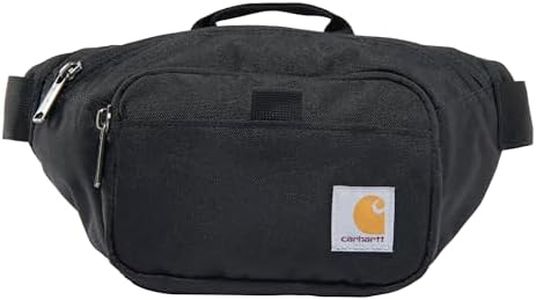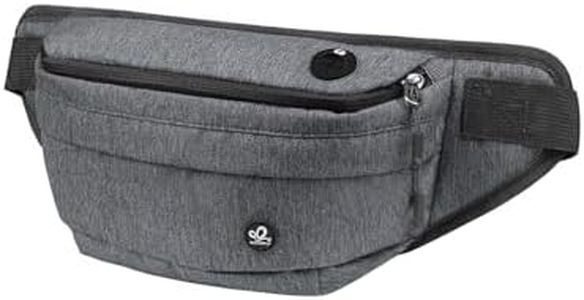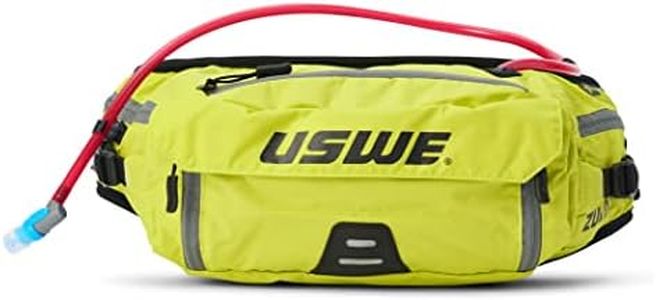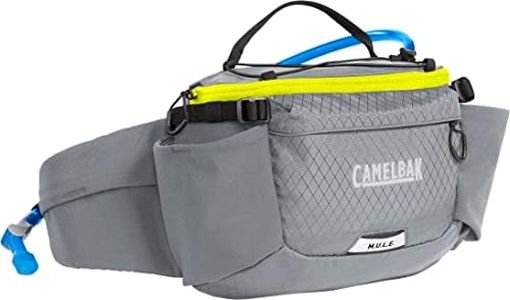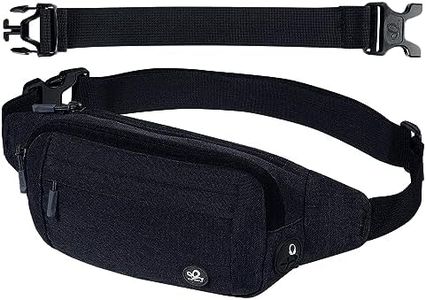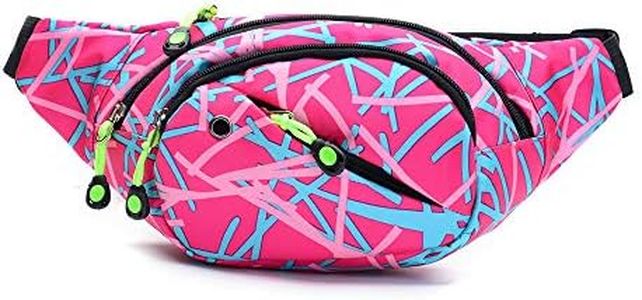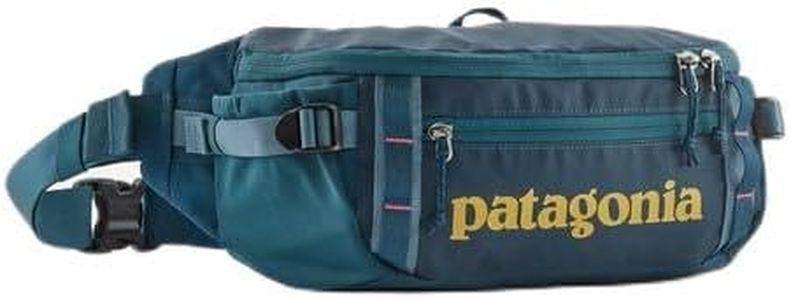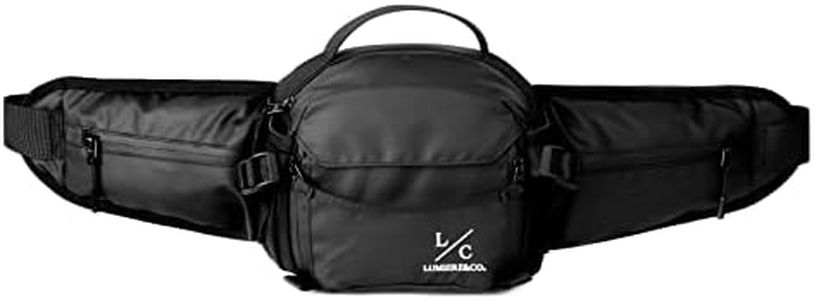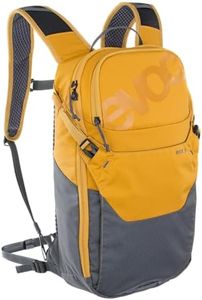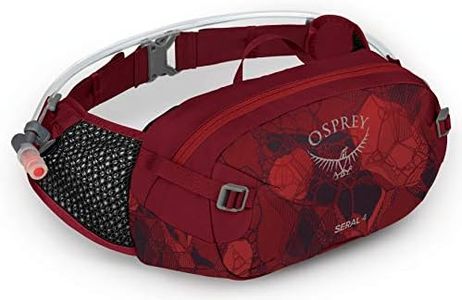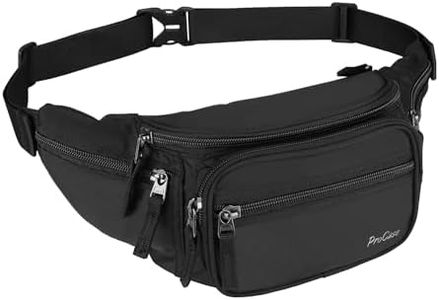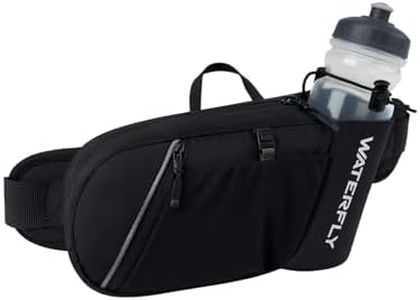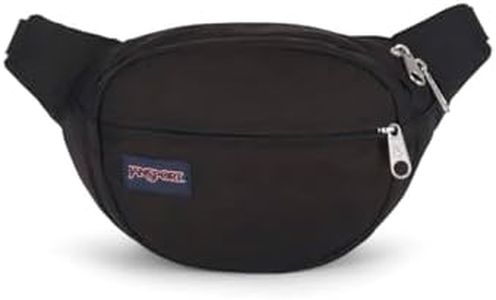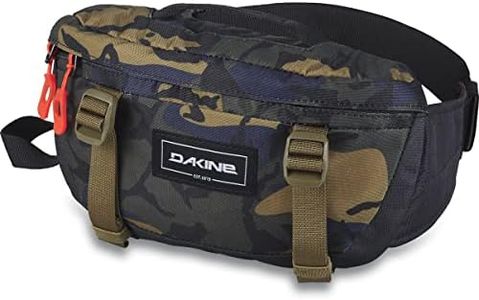We Use CookiesWe use cookies to enhance the security, performance,
functionality and for analytical and promotional activities. By continuing to browse this site you
are agreeing to our privacy policy
10 Best Mtb Fanny Pack
From leading brands and best sellers available on the web.Buying Guide for the Best Mtb Fanny Pack
Choosing the right MTB (mountain bike) fanny pack can truly improve your riding experience, helping you carry essentials conveniently without the bulk of a backpack. The key is to find a pack that balances capacity, comfort, and durability depending on your rides. Think about what you need to carry, how long your rides typically are, and your preference for comfort and fit. By focusing on the main features, you can pick a fanny pack that fits both you and your biking needs perfectly.CapacityCapacity refers to how much gear the fanny pack can carry, usually measured in liters. This is important because too small a pack might not fit what you need, while too big a pack can feel bulky or unstable. Packs in the 1-2 liter range are great for short, fast rides where you only need to carry essentials like keys, a phone, and a snack. Packs in the 2-5 liter range suit most riders, as they can hold tools, a spare tube, snacks, and even a lightweight layer. Larger packs, around 5 liters or more, are best for longer rides or all-day adventures where you may carry more gear, food, or additional water. Pick the capacity based on how much you typically need to bring and avoid overpacking.
Water Reservoir CompatibilityMany MTB fanny packs feature a pouch for a hydration bladder (water reservoir), while others are designed only for bottles or lack hydration options entirely. This spec matters if you want to stay hydrated hands-free. Packs with a built-in bladder compartment are great for rides where you need to carry water but want to avoid a backpack. Other packs have holders for standard-sized bottles. If hydration is a priority and you ride for over an hour, consider a pack with either a reservoir compartment or securely fitting bottle holders.
Fit and ComfortFit and comfort are crucial because you'll be wearing the pack around your waist for potentially hours at a time. Look at the width and padding of the straps, as wider, padded straps are generally more comfortable and reduce bouncing on rough terrain. Packs with breathable mesh and adjustable straps allow a personalized fit, preventing hot spots and chafing. Try to imagine how loaded the pack will feel and choose one that offers stable, bounce-free riding. If you tend to carry extra gear or have a slender waist, extra adjustability will matter more.
Organization and PocketsThe design and number of pockets determine how easily you can organize and access your gear. Some packs have a single large compartment, while others provide several small pockets for items like tools, snacks, cards, or your phone. If you like having a dedicated spot for each item or need quick access on the trail, look for a pack with multiple zipped or mesh pockets and tool-specific slots. Minimalist riders who only bring the basics might prefer simpler designs with fewer pockets.
Materials and DurabilityMTB fanny packs are exposed to dirt, moisture, and rough use, so their material matters. Packs made from ripstop nylon or polyester are lightweight but can be very tough; some also offer water-resistant coatings. Durability is essential if you ride technical trails or in challenging weather, as it will prevent tears and keep your gear protected. Casual or fair-weather riders may not need heavy-duty features, but if you ride often and in all conditions, get a pack built to withstand abuse.
